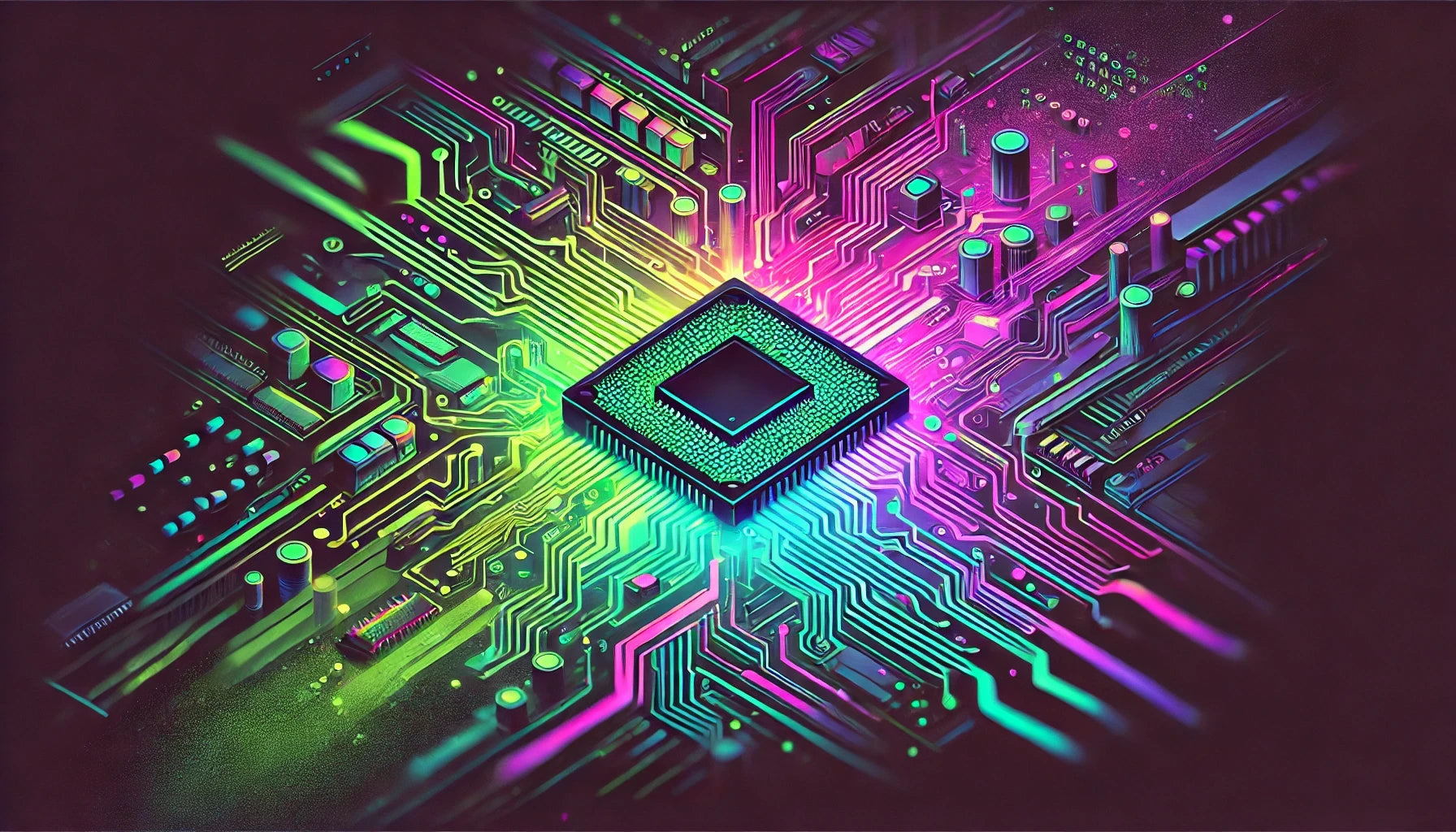Supported Operating Systems for Eclipse IDE
- Windows: Eclipse IDE runs smoothly on Windows operating systems. It is compatible with Windows 7, Windows 8, Windows 8.1, and Windows 10. Ensure that you have the proper Java Development Kit (JDK) installed.
- macOS: macOS users can use Eclipse IDE from version 10.11 (El Capitan) onwards. It's crucial to have the appropriate version of JDK, as Eclipse does not support running on the default Java runtime provided by macOS.
- Linux: Eclipse IDE is highly compatible with various Linux distributions, covering Ubuntu, Debian, Fedora, and Red Hat. The installation procedure might differ slightly depending on the distribution, especially concerning dependencies and permissions.
Essential Hardware Requirements
- Processor: For optimal performance, a modern multi-core processor is advised. Eclipse IDE's performance significantly benefits from higher processing power, especially when dealing with large code bases.
- Memory (RAM): At least 2 GB of RAM is recommended, with 4 GB or more preferred for seamless multitasking and operation of plugins or large projects.
- Storage: Eclipse itself doesn't require excessive storage; however, a minimum of 500 MB of free disk space is recommended. This varies based on the size of the codebase and number of plugins. A faster SSD can enhance overall speed and responsiveness.
Additional Software Requirements
- Java Development Kit (JDK): Ensure that the JDK installed matches the version required by your specific Eclipse build. Most versions suggest a minimum of JDK 8, though later versions like JDK 11 or 17 may be necessary for newer Eclipse releases.
- Graphics: For an enhanced visual experience, a good quality graphics card driver that supports OpenGL rendering can improve performance, albeit not being a strict necessity.
- Network: While Eclipse IDE can function offline, an internet connection is typically required for accessing updates, online repositories, and additional plugins.


























